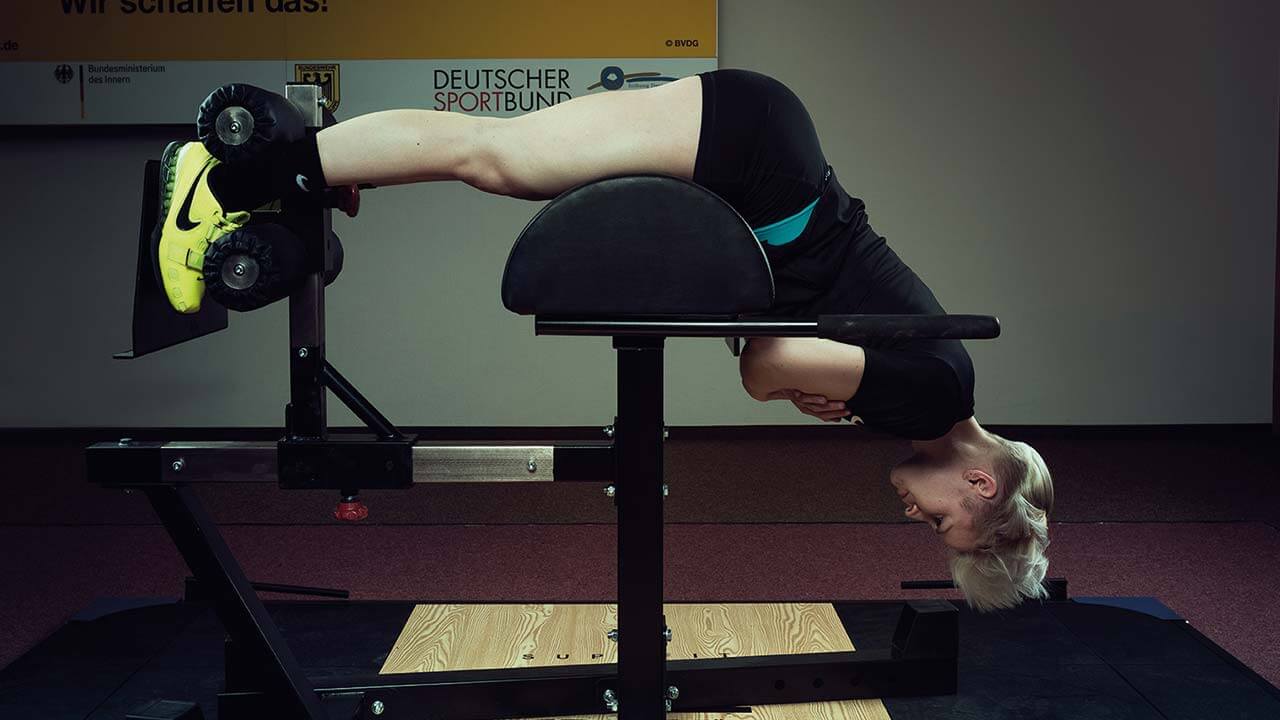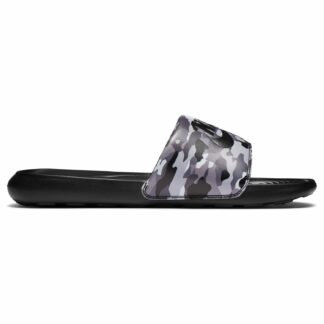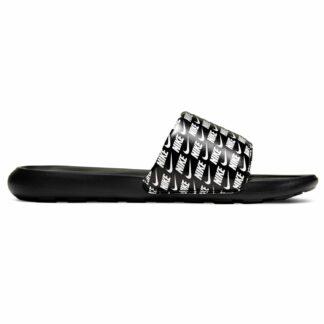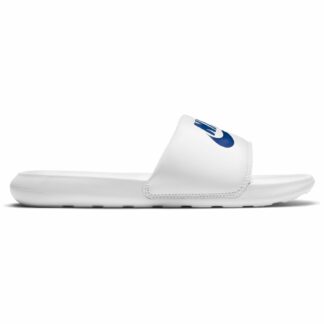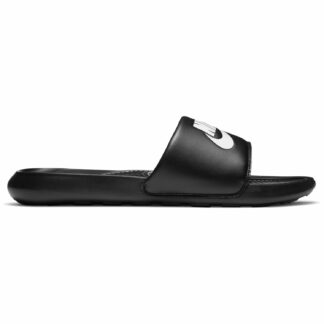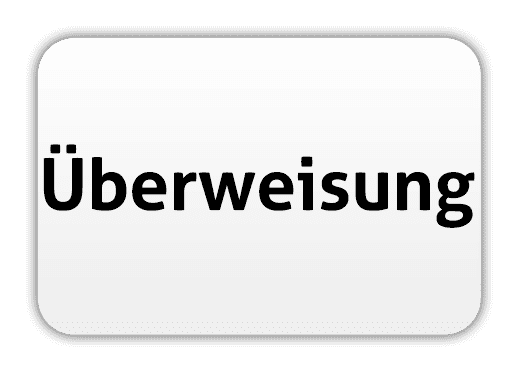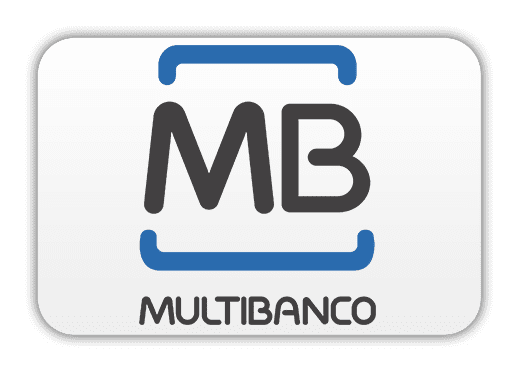“THE WIDER THE BASE, THE TALLER THE PYRAMID.”
What is what and where it belongs
First, we should put in perspective, where is accessory work on our pyramid.
In strength training, there are the big lifts, squat, deadlift, and bench press. For our purposes I would like to rather use my term,
I call them the big moves and add C&J, snatch and strongman lifts onto the list. (gymnastics movements too, however, we are in weightlifting here.) Comment below if you’d like some more gymnastics talk.
The big moves are the tip of our pyramid, they are our goals, they are what we strive to get better at.
Then there is the accessory work, the training we do to push the tip of the pyramid higher, the base that supports our peak performance.
BIG MOVES ONLY TRAINING
Of course, it is possible to get better by doing the big moves only, practically speaking they give us the best reward to effort ratio. A Squat is the most effective way of strengthening your legs. Tire Flipping is best in training you to flip bigger tires faster, and Snatching makes you better in Snatching.
Executed properly and in good form, they are excellent. Note: Proper execution is the major key!
HOWEVER! Such a method of training won’t bring any of us nearly as far, as a balanced training plan building from the bottom up.
AN EXAMPLE
Before moving on, an example to when big lifts alone aren’t sufficient.
Barbell front squat, they will get better and better until, someday, the elbows may start falling down and the back will bend round. Looks like a weakness in the upper back. In this case, you will not become stronger until this weakness is eliminated. Front squats will not get you anywhere.
There it would be wise to think of doing front squats with kettlebells in front rack position, so you train pulling yourself upright. One variation further would be holding the kettlebells in the off-rack position (in the front rack your fists are positioned below the chin and don’t touch, in the off rack the elbows point straight forward and the forearms are perpendicular to the floor).
What if the upper back is fine, but the lower starts bending? Think of working on some GHD back extensions! Nordic Curls and heavy hip thrusts or kettlebell swings. These exercises will stabilize your posterior chain and train you to push the hips forward better when getting up from the squat.
And if all is upright and tight but you simply can’t stand it up, guess the quads will need some extra attention. Get a big pair of dumbbells, put them on the shoulders and start lunging away.
LOOK BACK
Right, a quick look back, what have we got so far? We have addressed the Big Moves, we know where their place is and how effective they can be. We also have made the case showing that accessory work is at the base of the pyramid. Moving on then!
ACCESSORY EXERCISES
SO, WHAT ARE ACCESSORIES?
Accessories are smaller movements you use to target particular areas of your body in order to balance and stabilise. Additionally, accessory work covers exercises you do to increase the ability of your body to get into certain positions and exert strength throughout.
WHEN DO WE NEED ACCESSORY WORK?
Always! There is no way around it. Me you and everyone else always need accessory work if we want to advance in a sport. Fortunately, the possibilities of strengthening the body and addressing weaknesses are endless.
But just to cover it in symptom – remedy style, here some symptoms.
- Lack of tension in the spine – during heavy lifts you either bend or arch.
- Lack of strength or stability to support the load through movement.
- Struggle to achieve a certain skill – the Squat Snatch or Pullup just doesn’t happen.
- Injured and currently in rehab.
- A disbalance causes pain and leads to potential injury – body twists while supporting heavy load.
Should just a single one of the above mentioned apply to you … even remotely … Accessory Work! Go to your coach and ask for a prescription. Start ASAP!
OVERVIEW OF ACCESSORY EXERCISES
Now that we know what accessory work is, why it is necessary, and that we all need them, let’s bring some structure to the types of exercises.
STRENGTH & STABILITY
Working on strength and stability allows us to achieve and maintain better form. Basically, it is always right and good to work on core strength and stability in the mid-body area.
Wie im vorherigen Artikel schon erwähnt, baut einen Baumstamm! Gleiches gilt für die hintere Kette (den Beinbeuger, unteren Rücken und die Gesäßmuskulatur). Auch sollte man die Schultern nicht vernachlässigen, wie viele von uns drücken zu viel und ziehen zu wenig? Behaltet die Rotatorenmanschette im Auge und kümmert euch auch hier um Stabilität.
Work on your skills
Take the skill you want to achieve and break it down into small steps. Works on progressions of the respective substeps. By working on each step, we learn the movement patterns we want to fully master later. At the same time we train the reflexes and intuition behind the sequences and thus strengthen our CNS (central nervous system) by making it familiar with the sequence.
Mobility
Flexibility and stability together result in mobility. Being mobile in a position means being able to exercise strength from the right position. Lack of mobility is often a limiting factor, as the inability to get into certain positions will prevent you from building more strength and learning more skills.
Conclusion
Accessory work forms the basis of our movement – pyramid. If we want to learn and master complex movements, we need to work diligently and build a larger base.
The more complex and demanding the movement we want to perform, the larger the base we need to fall back on.
Accessory exercises are what move us forward in our sport and everyone, without exception, benefits from them. We want to train effectively and stay injury free. To this end, we want to develop further and overcome performance plateaus.
The great thing about accessory exercises is that you can incorporate them into any workout plan. Accessory work is the key to improving your performance and maintaining your physical integrity.


